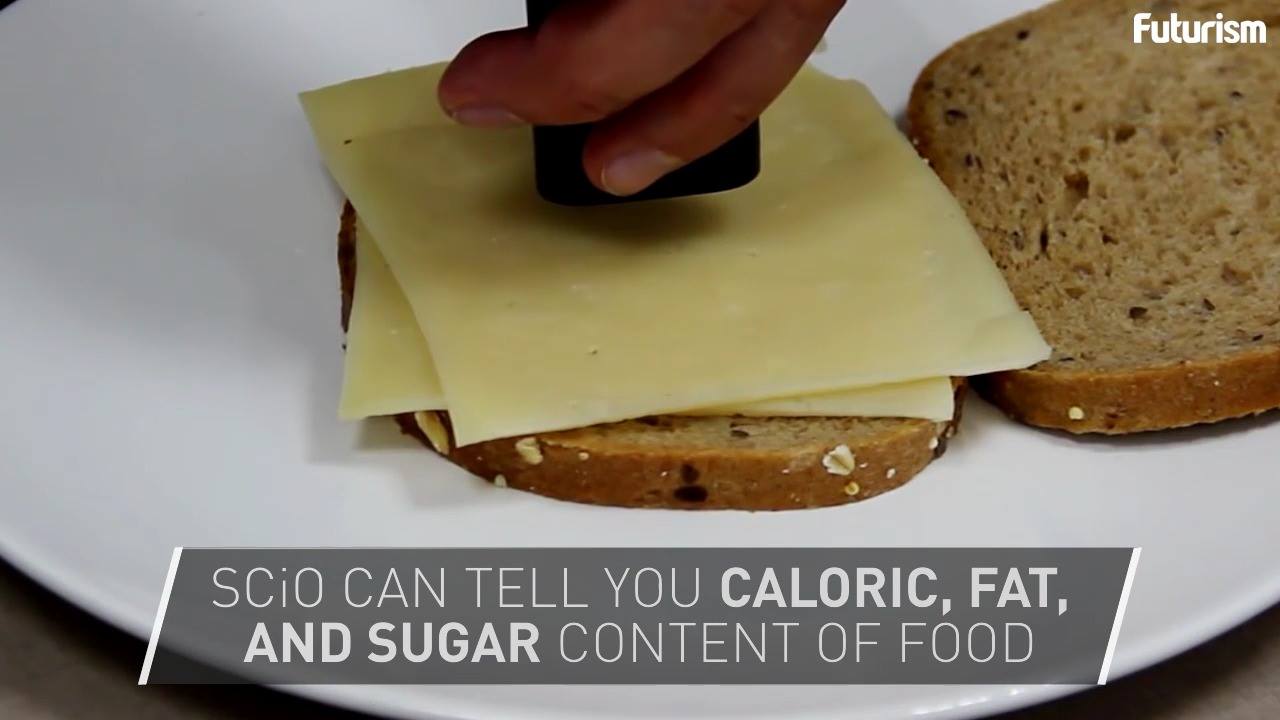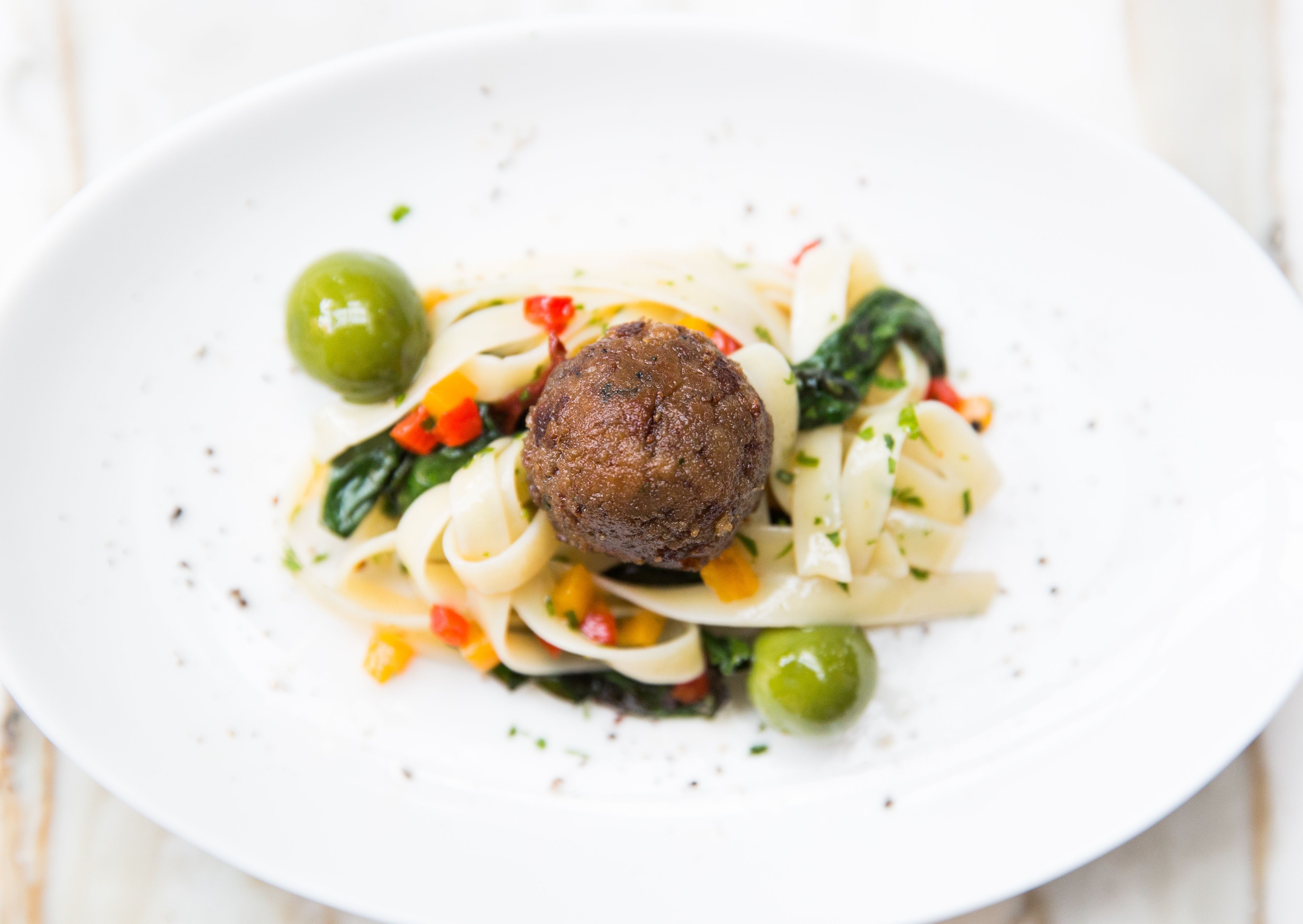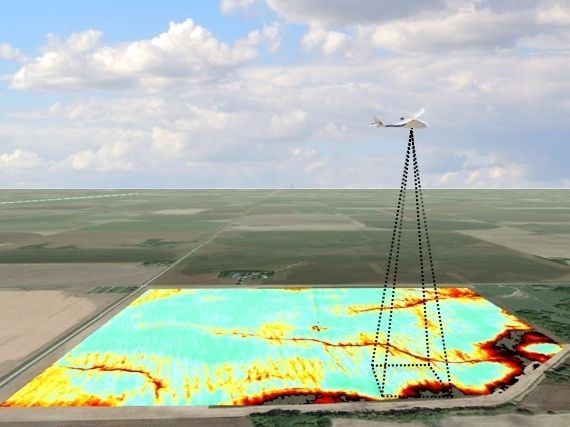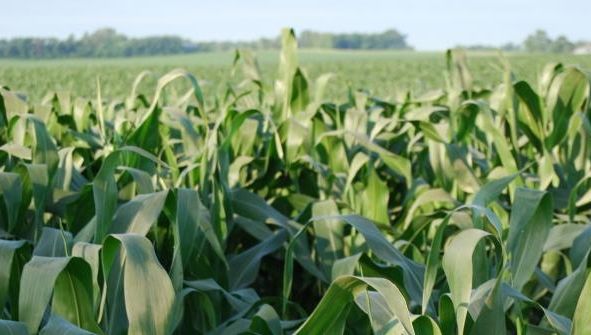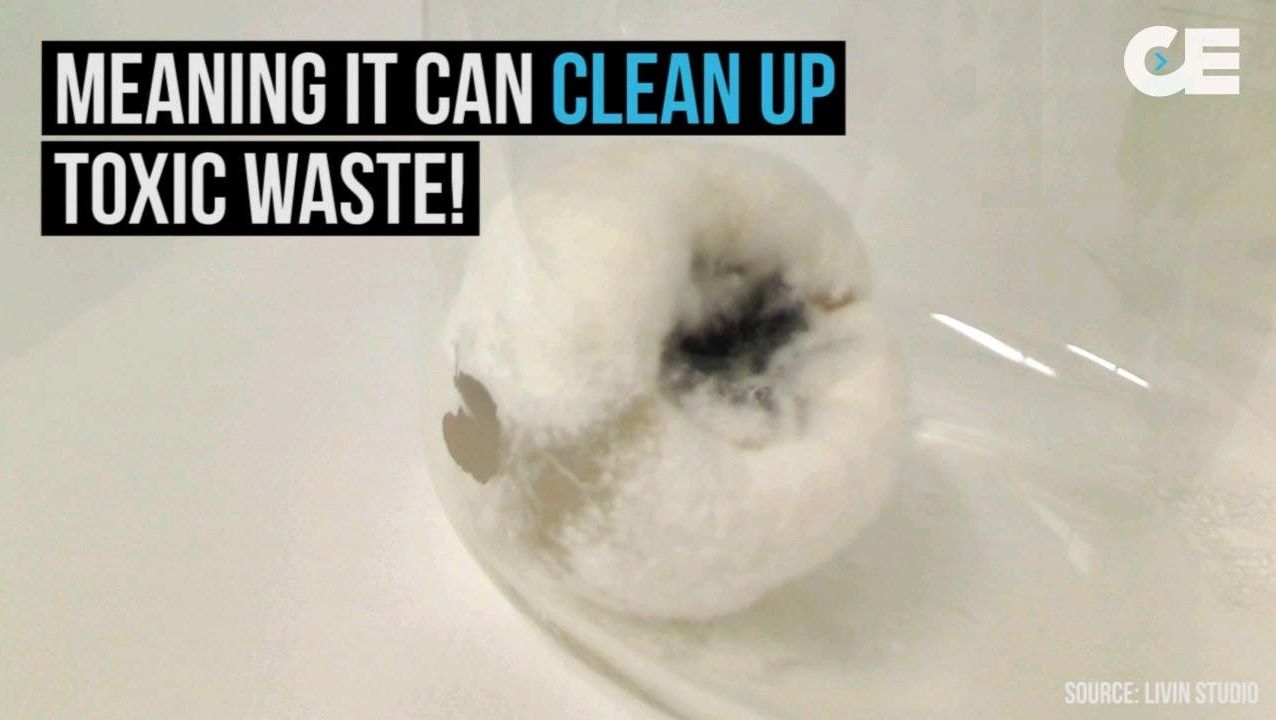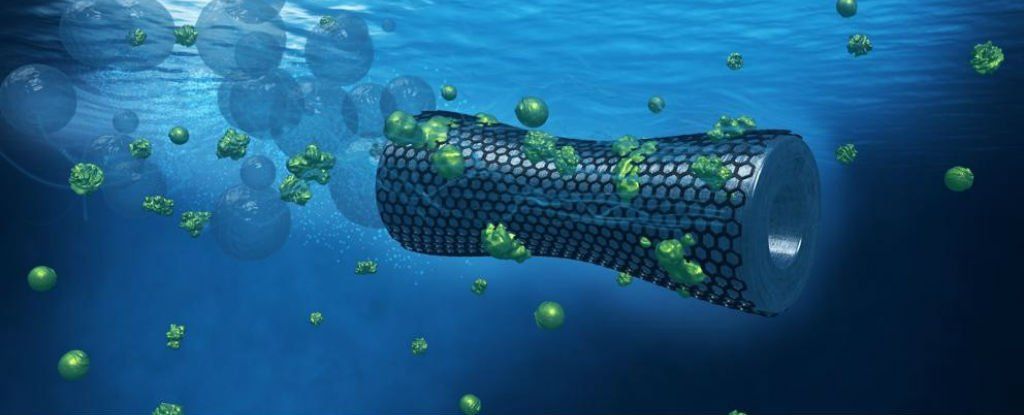May 5, 2016
Humans Are Fatter Than Primates, But It Fuels Our Bigger Brains
Posted by Karen Hurst in categories: energy, food, neuroscience
Left hemisphere of J. Piłsudski’s brain, lateral view.
A new study has found that a faster metabolism is the main reason that humans were able to evolve bigger brains than other closely related apes. Humans burned 635 more calories per day than gorillas, and a whopping 820 more calories per day than the orangutans in the study.
Although the study findings seem promising, more research on the issue is required since the research was performed only on adults.
Continue reading “Humans Are Fatter Than Primates, But It Fuels Our Bigger Brains” »

